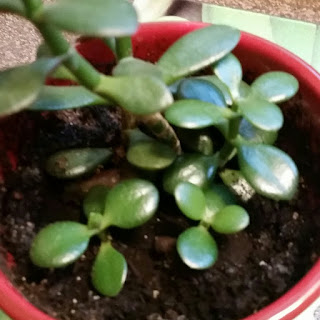Spot prawns start their life off as males and then transform into females halfway through their lives. They usually live for about four years. Females carry between 2,000 to 4,000 eggs for about 5 months. They hatch in March and April.
Spot prawning off of Gabriola Island can produce some delicious prawns. A fisherman never discloses his exact location, but just take a look around for the buoys out on the water and talk to the other fisherman and you will get your clues for where you should set your traps.
Secure the traps by 400+ feet of rope to a buoy. First bait the prawn traps with tuna cat food to attract the prawns. Then drop the traps over the side of your boat into 300 to 400 feet of water. Leave traps on the ocean floor for 3 to 4 hours while the prawns enter the trap and then pull out using a trap puller. As the traps are pulled the line is coiled into a plastic tub. Quickly sort out the traps contents, throwing back the small ones and the females with eggs.
B.C. Spot Prawns are bottom dwellers and have white spots on their reddish -orange colored bodies. They are sweet and delicately flavoured. These delicious fresh prawns are not fed any growth hormones or antibiotics and are not farmed! They are fresh, wild and caught from the cold ocean water.
Spot prawns release an enzyme when they die that will turn their flesh soft. Okay, so we decapitate them while they are still alive and twitching by gripping either side of their neck joint and twisting. Wash them amd de-vein them under running water, then use scissors to cut down thru their backs. Cook them right away in the shell. They are easier to peel if they have been frozen first. Freeze in ziplock bags.
Keep it simple when cooking these prawns Cook in fry pan with some olive oil, butter, fresh chopped garlic, salt and pepper. Toss over heat for a few minutes. Meat is sweet, tender and is not fishy. They are delicious lobster like morsels!
In B.C. there are some 250 commercial fishing licences in the spot prawn industry. It seems really weird that the spot prawn industry from BC waters is currently centred on export and that the majority of the prawns caught in BC waters end up in Japan. At the same time, the imported, unsustainably harvested and less tasty prawns from Asia are readily available on the Canadian market. It seems counter-intuitive to ship out our good fresh prawns and replace them with substandard ones from shrimp farms from Asia.










